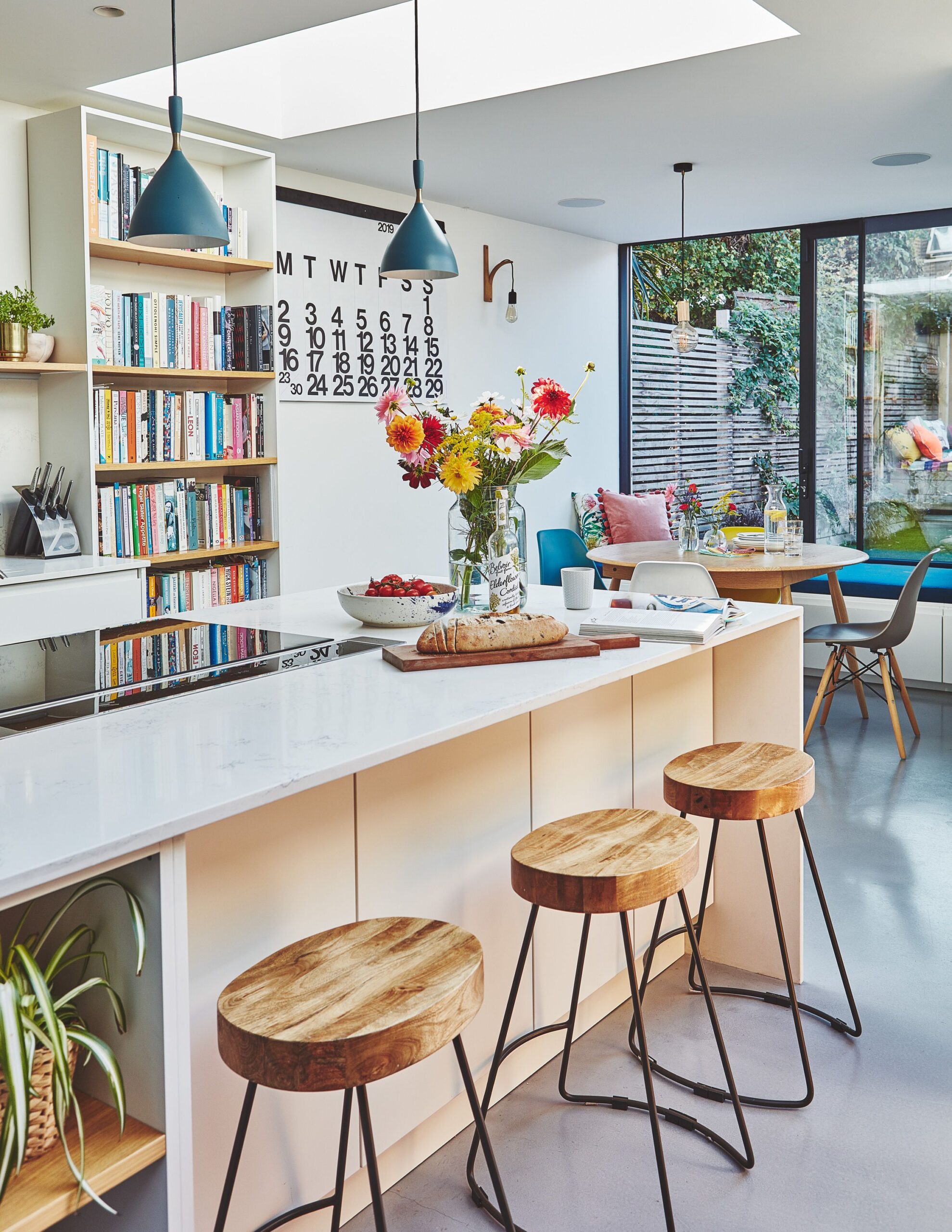In the heart of every home lies a space designed for creativity, innovation, and delectable delights - the kitchen. Crafting culinary spaces that inspire and uplift the soul is both an art form and a necessity for those who cherish the power of a well-designed kitchen. From the sleek, modern lines of minimalist kitchens to the cozy, farmhouse charm of country-style cooking spaces, there is a world of possibilities waiting to be explored. Join us as we delve into the world of inspiring kitchen design ideas, where functionality meets beauty in perfect harmony.
Creating a Functional Layout
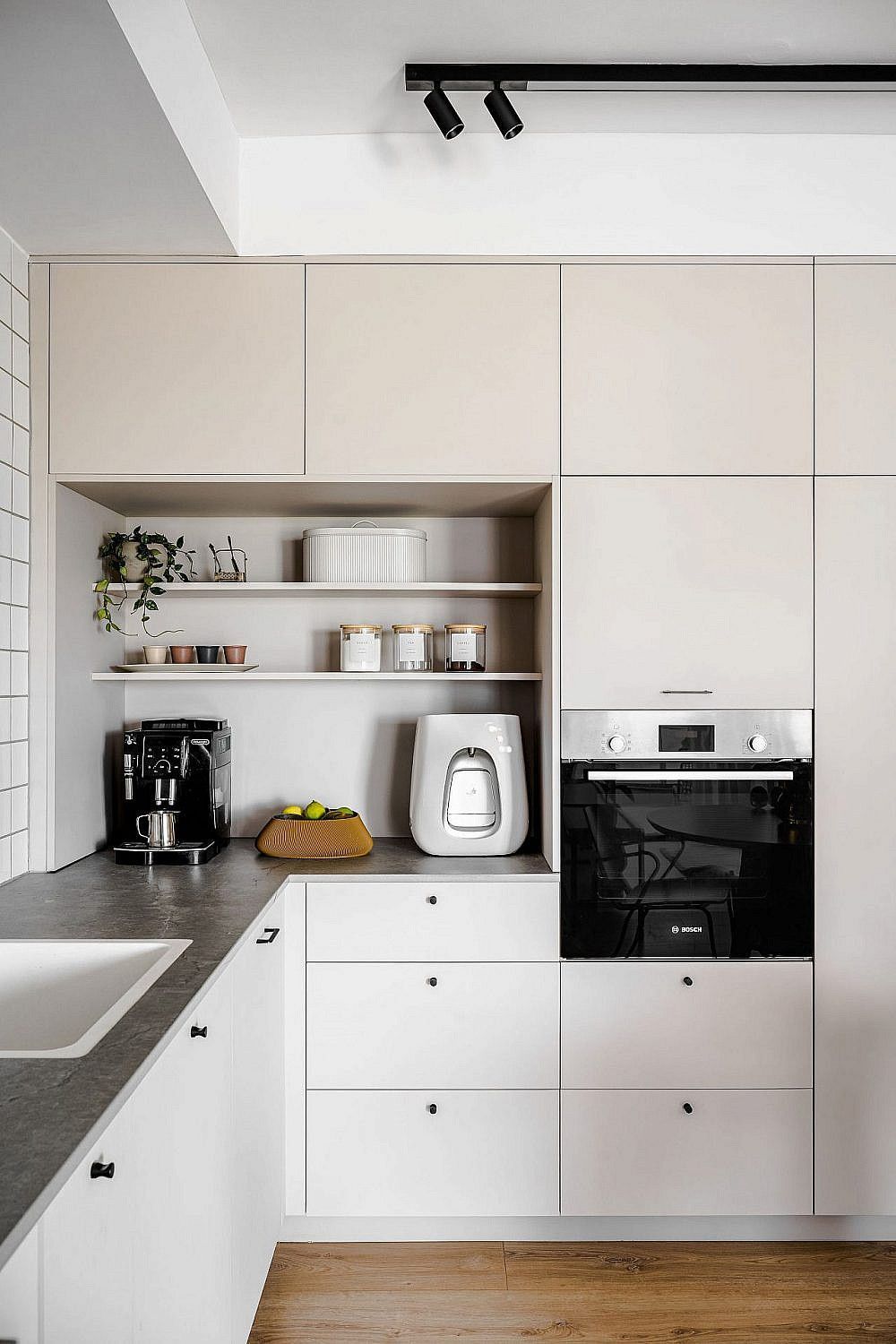 To create a functional layout in your kitchen, consider incorporating a mix of storage solutions like pull-out pantry shelves and cabinet organizers. These can help maximize space and keep your cooking area clutter-free. Additionally, think about the workflow in your kitchen and place items you use frequently within easy reach, such as storing pots and pans near the stove and utensils near the prep area.
To create a functional layout in your kitchen, consider incorporating a mix of storage solutions like pull-out pantry shelves and cabinet organizers. These can help maximize space and keep your cooking area clutter-free. Additionally, think about the workflow in your kitchen and place items you use frequently within easy reach, such as storing pots and pans near the stove and utensils near the prep area.
Another great design idea is to incorporate island counters into your kitchen layout. Islands can provide extra workspace for cooking and baking, as well as additional storage underneath. You can also use the island as a casual dining area by adding bar stools. This versatile piece of furniture can act as the focal point of your kitchen while also serving a practical purpose. Blockquote: “By strategically planning your kitchen layout, you can create a space that is not only visually appealing but also incredibly functional for all your culinary needs.”
Utilizing Natural Lighting
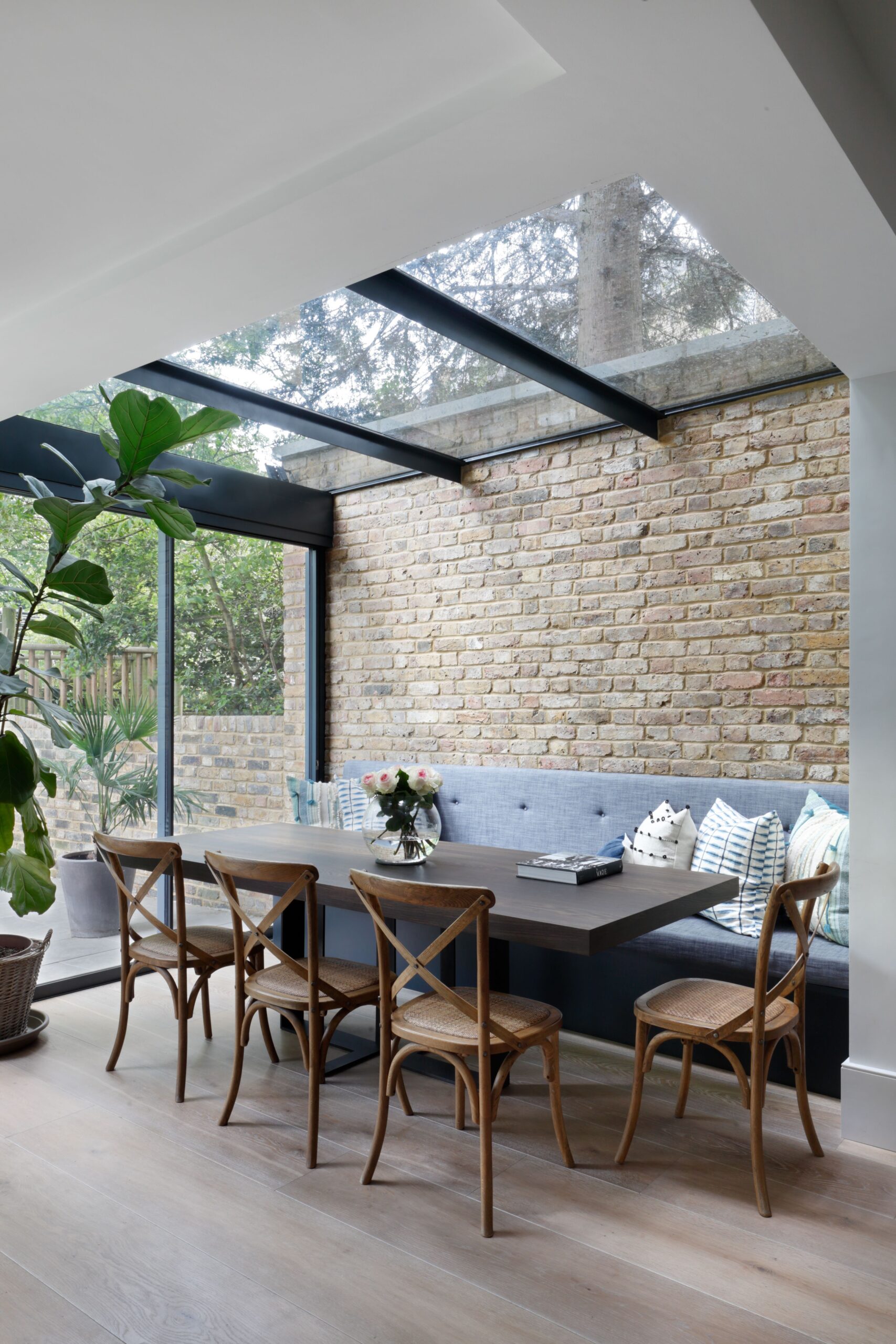 One key element in crafting a beautifully designed kitchen space is . Natural light not only enhances the overall aesthetic of the kitchen but also creates a warm and inviting atmosphere. Incorporating natural light into your kitchen design can transform the space and make it more functional and enjoyable.
One key element in crafting a beautifully designed kitchen space is . Natural light not only enhances the overall aesthetic of the kitchen but also creates a warm and inviting atmosphere. Incorporating natural light into your kitchen design can transform the space and make it more functional and enjoyable.
There are several ways to maximize natural lighting in your kitchen:
-
- Install large windows or skylights to allow ample natural light to flow into the space.
-
- Choose light-colored curtains or blinds that can easily be pulled back to let in sunlight.
-
- Position workspaces, such as countertops and islands, near windows to take advantage of natural light while cooking or preparing meals.
Incorporating Smart Storage Solutions
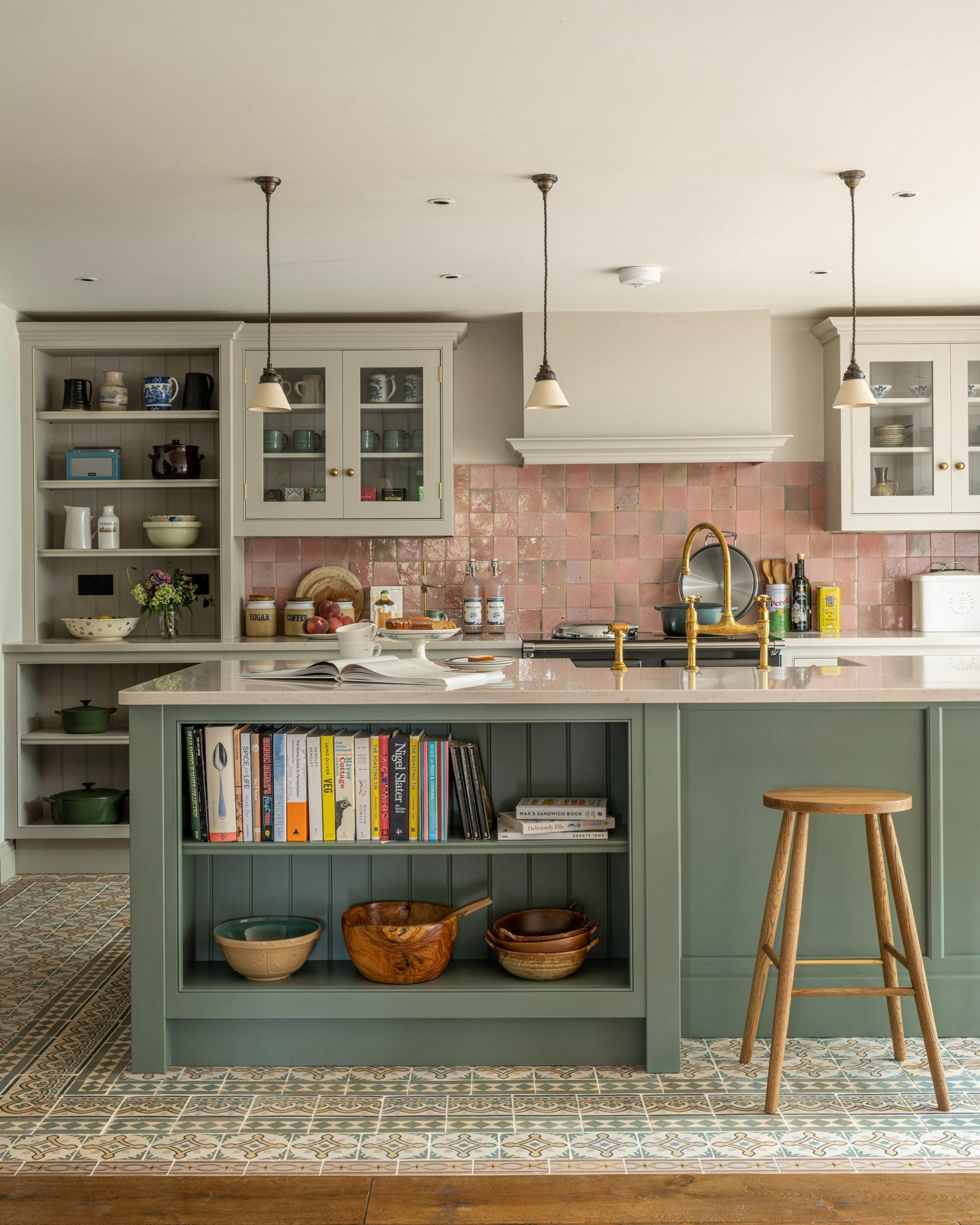 One innovative way to optimize kitchen space is by incorporating smart storage solutions that not only maximize functionality but also enhance the overall design aesthetic. Consider installing pull-out shelves in cabinets to easily access pots, pans, and pantry items. These shelves provide more visibility and organization, making meal preparation a breeze. Another clever storage idea is to utilize corner cabinets with rotating shelves, maximizing storage in tight spaces while keeping items within reach.
One innovative way to optimize kitchen space is by incorporating smart storage solutions that not only maximize functionality but also enhance the overall design aesthetic. Consider installing pull-out shelves in cabinets to easily access pots, pans, and pantry items. These shelves provide more visibility and organization, making meal preparation a breeze. Another clever storage idea is to utilize corner cabinets with rotating shelves, maximizing storage in tight spaces while keeping items within reach.
Additionally, drawer dividers are a fantastic way to keep utensils and gadgets neatly organized. You can also install hanging racks or hooks under cabinets to store mugs, cooking utensils, or even herbs for a touch of greenery in your culinary space. By incorporating these smart storage solutions, you can transform your kitchen into a functional and stylish area that inspires creativity and efficiency in every meal preparation.
Choosing Durable and Easy-to-Clean Materials
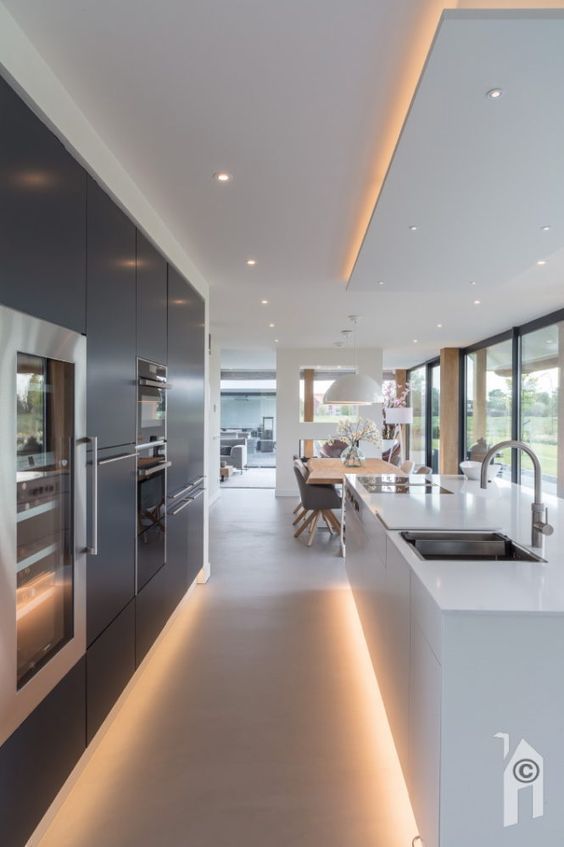 When crafting culinary spaces, it is vital to choose durable and easy-to-clean materials that will withstand the wear and tear of daily cooking activities. Granite countertops are a popular choice for kitchens due to their durability and resistance to heat and scratches. Pairing these countertops with stainless steel appliances can create a sleek and modern look while ensuring easy maintenance and cleaning.
When crafting culinary spaces, it is vital to choose durable and easy-to-clean materials that will withstand the wear and tear of daily cooking activities. Granite countertops are a popular choice for kitchens due to their durability and resistance to heat and scratches. Pairing these countertops with stainless steel appliances can create a sleek and modern look while ensuring easy maintenance and cleaning.
Investing in porcelain tile flooring is another excellent choice for busy kitchen areas. Porcelain tiles are not only durable but also resistant to stains and moisture, making them a practical and long-lasting option. When designing your culinary space, keep in mind that choosing materials that are both durable and easy to clean will not only enhance the aesthetics of your kitchen but also increase its functionality and longevity.
| Crafted Material | Benefits |
|---|---|
| Granite Countertops | Durable, heat-resistant, scratch-resistant |
| Stainless Steel Appliances | Sleek, modern look, easy maintenance |
| Porcelain Tile Flooring | Durable, stain-resistant, moisture-resistant |
Focusing on Ergonomic Design
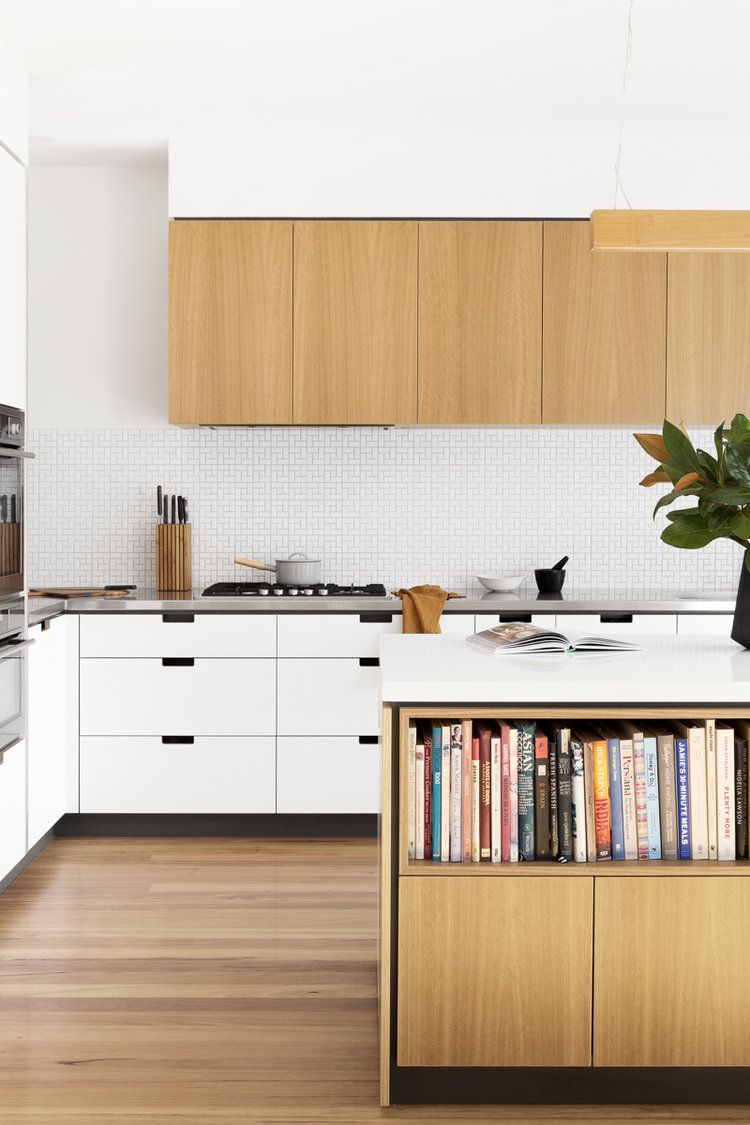 Creating a kitchen that not only looks beautiful but also works efficiently is key to a successful culinary space. When , it’s essential to consider the needs of the people using the kitchen. By incorporating features that prioritize comfort and functionality, you can create a space that inspires creativity and makes cooking a joy.
Creating a kitchen that not only looks beautiful but also works efficiently is key to a successful culinary space. When , it’s essential to consider the needs of the people using the kitchen. By incorporating features that prioritize comfort and functionality, you can create a space that inspires creativity and makes cooking a joy.
One way to enhance the ergonomic design of your kitchen is by ensuring that your countertops are at the right height for food preparation. Adjustable countertops that can be raised or lowered to accommodate different users can make a significant difference in the comfort of your kitchen. Additionally, utilizing pull-out shelves in cabinets and drawers can make accessing cookware and ingredients easier, minimizing strain on the body. By paying attention to these small details, you can transform your kitchen into a culinary haven that is not only visually appealing but also a pleasure to work in.
| Feature | Benefits |
|---|---|
| Adjustable Countertops | Can be raised or lowered for user comfort |
| Pull-Out Shelves | Easier access to cookware and ingredients |
Embracing a Minimalist Aesthetic
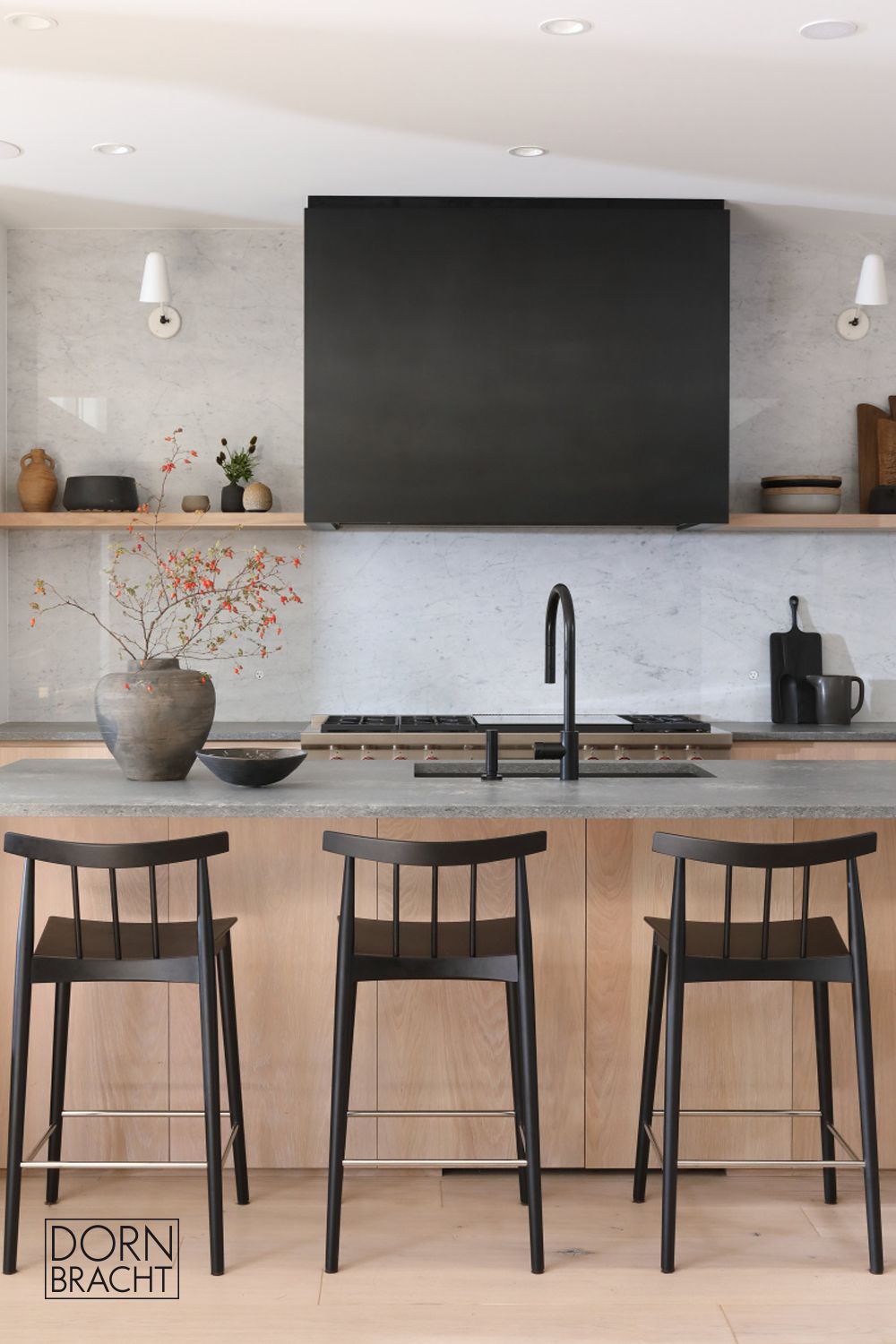 One key aspect of in kitchen design is to focus on clean lines and simple shapes. Opt for sleek, handle-less cabinets and drawers to maintain a clutter-free look. Incorporate integrated appliances to seamlessly blend into the overall design. Choose a neutral color palette with pops of color to add visual interest without overwhelming the space.
One key aspect of in kitchen design is to focus on clean lines and simple shapes. Opt for sleek, handle-less cabinets and drawers to maintain a clutter-free look. Incorporate integrated appliances to seamlessly blend into the overall design. Choose a neutral color palette with pops of color to add visual interest without overwhelming the space.
Another way to achieve a minimalist look in your culinary space is to maximize natural light. Consider installing large windows or skylights to flood the kitchen with sunlight during the day. Utilize reflective surfaces like stainless steel or glass to bounce light around the room. Keep countertops clear of unnecessary items and opt for hidden storage solutions to maintain a streamlined appearance. in your kitchen not only creates a calming environment but also enhances functionality and efficiency in your culinary endeavors.
| Pros of Minimalist Kitchen Design: | Cons of Minimalist Kitchen Design: |
|---|---|
| Easy to clean and maintain | May require more meticulous organization |
| Makes the space feel larger and more open | Can feel too sterile or impersonal |
Adding Personalized Touches with Decor
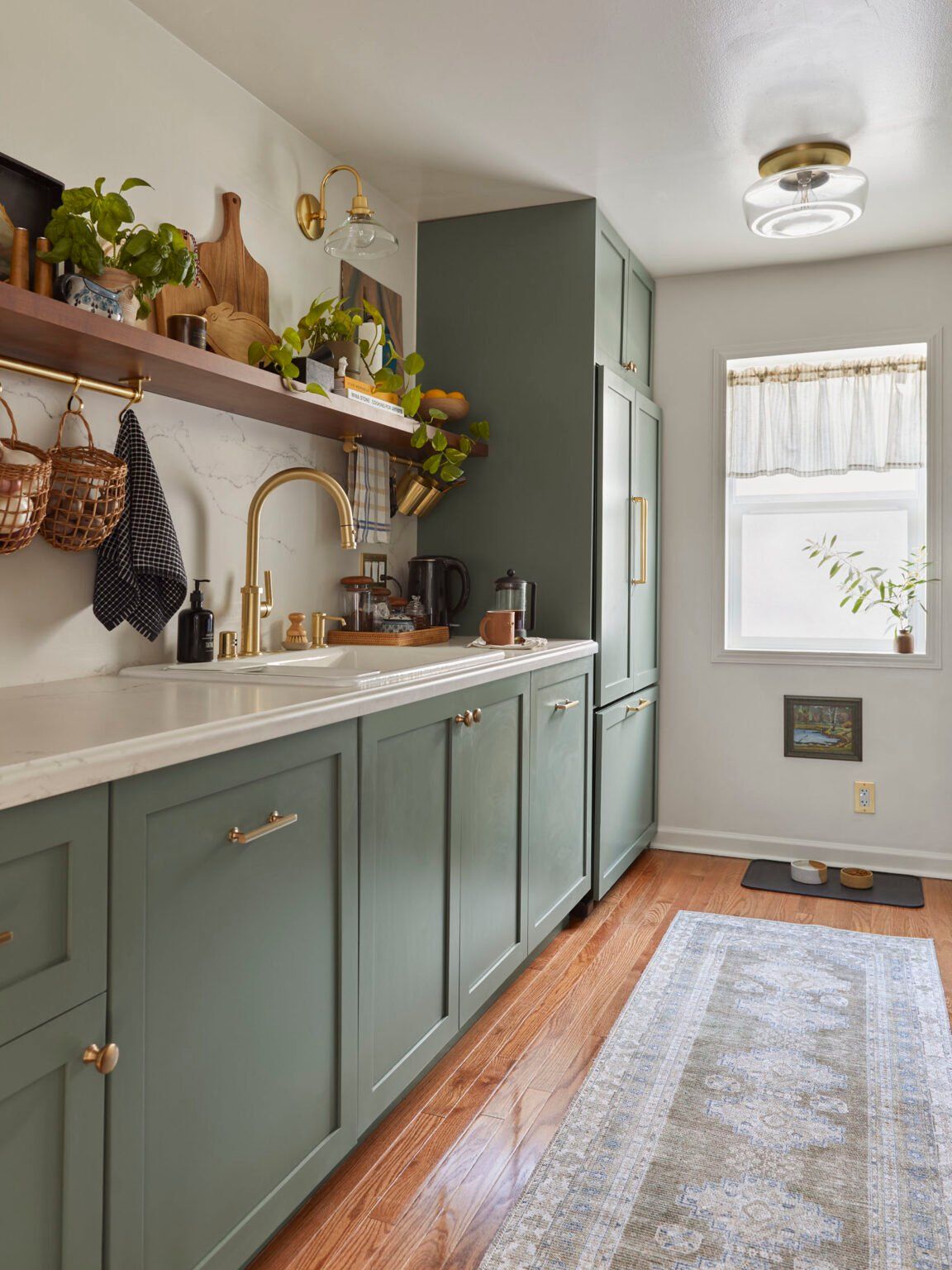 When it comes to designing your kitchen, it’s all about adding those personalized touches that make the space uniquely yours. One way to do this is by incorporating special decor elements that reflect your personality and style. Whether it’s a collection of vintage cookware displayed on open shelves or a gallery wall of family recipes framed in sleek black frames, these small details can make a big impact on the overall aesthetic of your culinary space.
When it comes to designing your kitchen, it’s all about adding those personalized touches that make the space uniquely yours. One way to do this is by incorporating special decor elements that reflect your personality and style. Whether it’s a collection of vintage cookware displayed on open shelves or a gallery wall of family recipes framed in sleek black frames, these small details can make a big impact on the overall aesthetic of your culinary space.
Get creative with your decor choices by mixing and matching different materials, textures, and colors to create a visually interesting and cohesive look. Consider adding a pop of color with a vibrant floral arrangement or a set of patterned curtains, or inject some personality with quirky kitchen gadgets and accessories. Don’t be afraid to think outside the box and experiment with unconventional decor ideas – after all, your kitchen should be a reflection of your individual style and taste.
Selecting Energy-Efficient Appliances
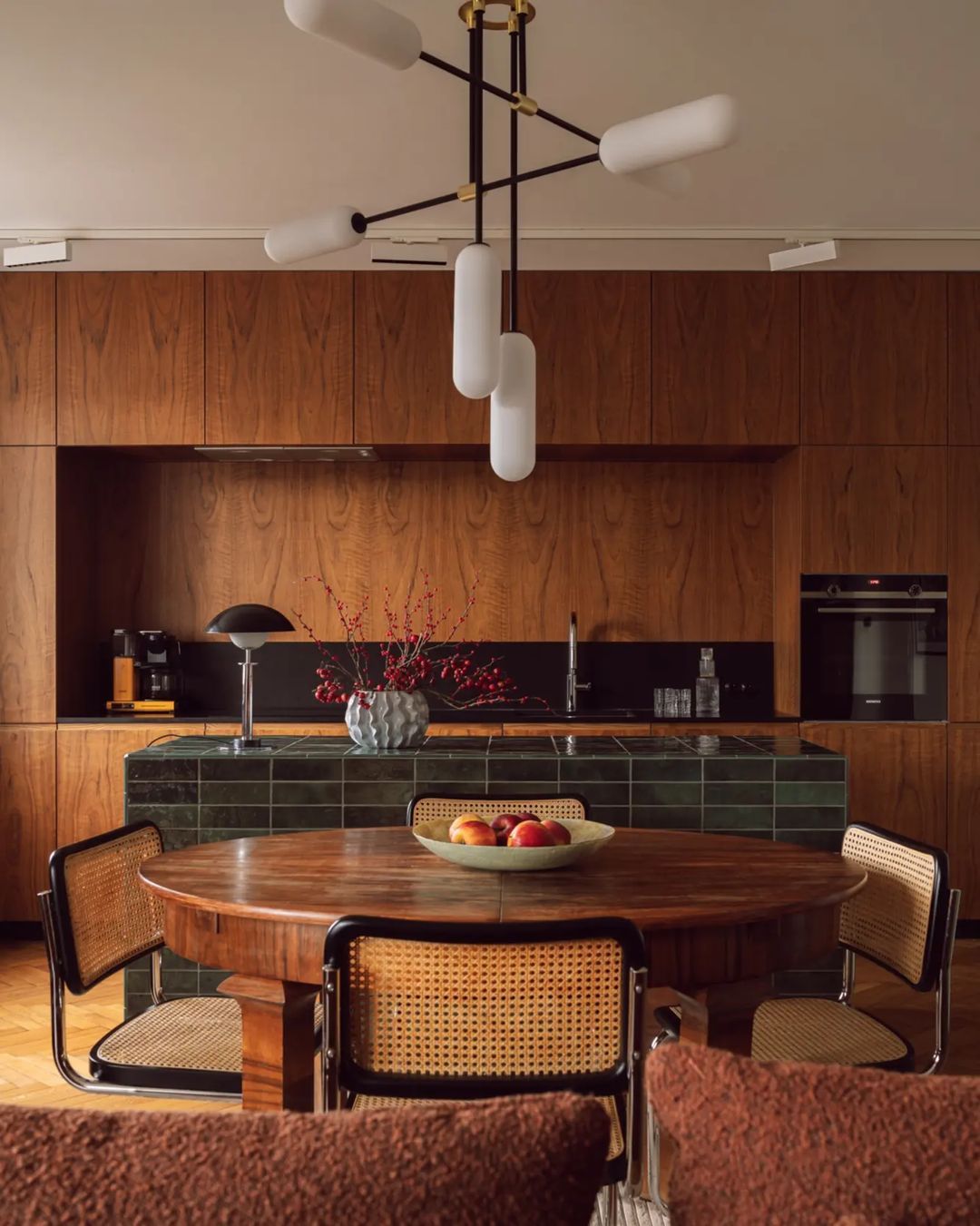 When designing your kitchen space, it’s important to consider the energy efficiency of your appliances. By , you can not only reduce your carbon footprint but also save money on your electricity bills in the long run. Look for appliances that have the ENERGY STAR label, which indicates that they meet strict energy efficiency guidelines set by the Environmental Protection Agency.
When designing your kitchen space, it’s important to consider the energy efficiency of your appliances. By , you can not only reduce your carbon footprint but also save money on your electricity bills in the long run. Look for appliances that have the ENERGY STAR label, which indicates that they meet strict energy efficiency guidelines set by the Environmental Protection Agency.
When shopping for energy-efficient appliances, consider the following tips:
-
- Look for appliances with high Energy Factor (EF) ratings
-
- Opt for appliances with advanced insulation and sealing to prevent energy loss
-
- Consider investing in appliances with smart technology that allows for energy-saving features
Integrating Technology into the Kitchen
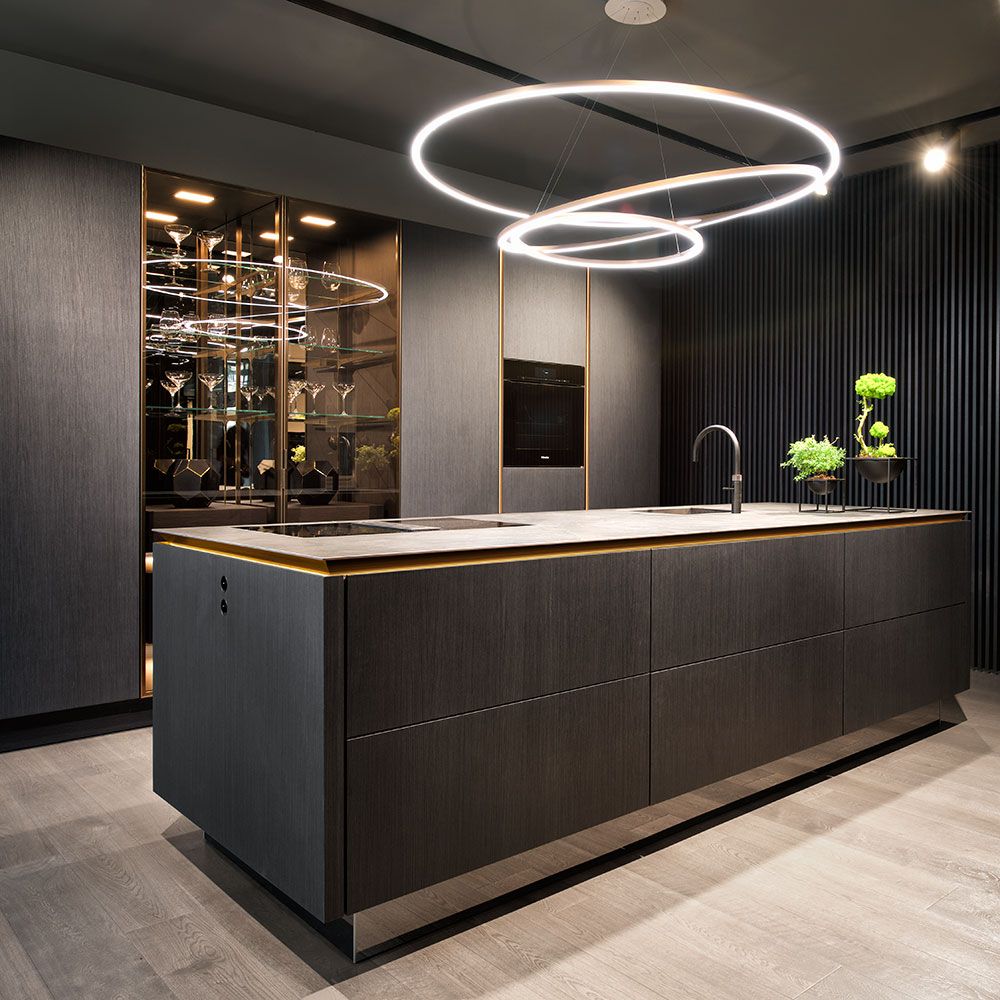 Embrace the future of cooking by seamlessly integrating technology into your kitchen design. By incorporating smart appliances and innovative gadgets, you can create a space that is both functional and futuristic. Imagine a kitchen where your fridge can suggest recipes based on its contents, or where your oven can be controlled remotely from your smartphone. With the right tech-savvy additions, cooking will become more efficient and enjoyable than ever before.
Embrace the future of cooking by seamlessly integrating technology into your kitchen design. By incorporating smart appliances and innovative gadgets, you can create a space that is both functional and futuristic. Imagine a kitchen where your fridge can suggest recipes based on its contents, or where your oven can be controlled remotely from your smartphone. With the right tech-savvy additions, cooking will become more efficient and enjoyable than ever before.
From touchless faucets to built-in charging stations, there are endless possibilities for incorporating technology into your culinary space. Consider adding a high-tech induction cooktop or a smart countertop that can display recipes and instructional videos. By blending cutting-edge technology with sleek design elements, you can craft a kitchen that is truly ahead of its time. Embrace the future of culinary innovation with these inspiring kitchen design ideas.
Designing a Multi-Functional Workstation
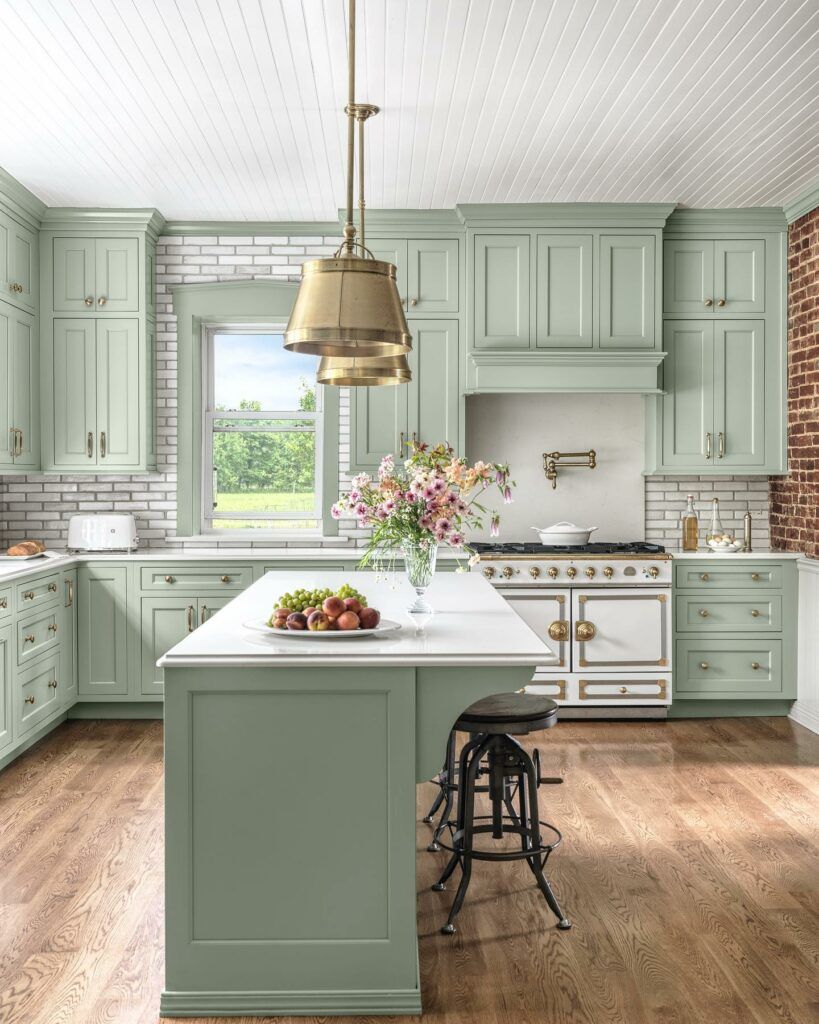 When it comes to in the kitchen, the possibilities are endless. One creative idea is to incorporate a pull-out cutting board that can also double as extra counter space when needed. This versatile feature allows for easy food prep and can be neatly tucked away when not in use.
When it comes to in the kitchen, the possibilities are endless. One creative idea is to incorporate a pull-out cutting board that can also double as extra counter space when needed. This versatile feature allows for easy food prep and can be neatly tucked away when not in use.
Another smart kitchen design idea is to install a combination sink and stove unit. This innovative setup maximizes space efficiency and creates a seamless cooking experience. With the sink and stove side by side, you can easily wash and chop ingredients before cooking them all in one convenient location. **The key is to think outside the box and prioritize functionality without sacrificing style.**
Showcasing Statement Pieces
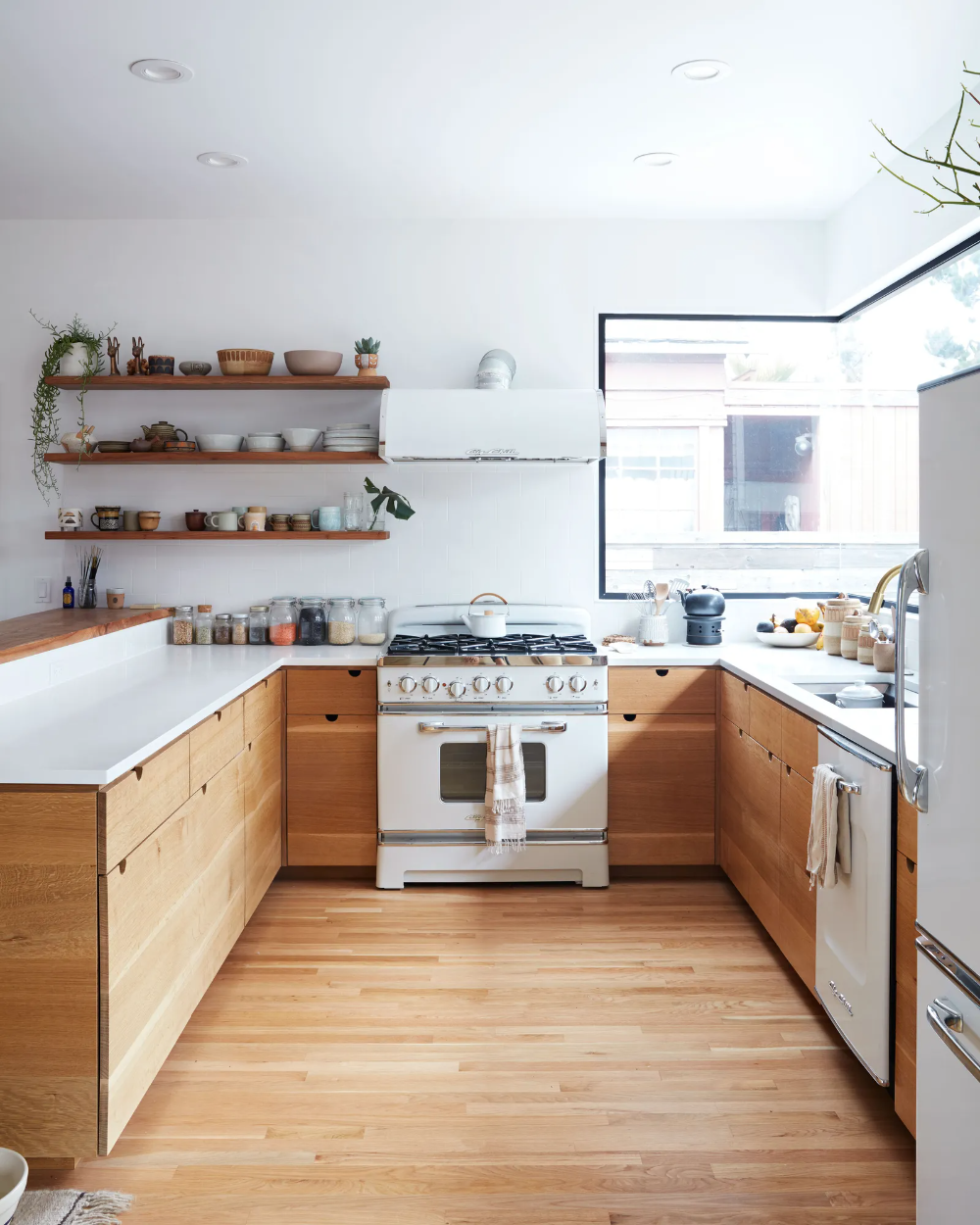 In a well-designed kitchen, statement pieces can truly elevate the space and create a lasting impression. From unique light fixtures to bold backsplashes, these standout elements can add personality and style to any culinary space. Consider incorporating a stunning marble countertop as the focal point of your kitchen, adding a touch of luxury and sophistication. Pair this with sleek stainless steel appliances and a vibrant tiled backsplash for a modern and chic aesthetic.
In a well-designed kitchen, statement pieces can truly elevate the space and create a lasting impression. From unique light fixtures to bold backsplashes, these standout elements can add personality and style to any culinary space. Consider incorporating a stunning marble countertop as the focal point of your kitchen, adding a touch of luxury and sophistication. Pair this with sleek stainless steel appliances and a vibrant tiled backsplash for a modern and chic aesthetic.
For a more eclectic look, mix and match different textures and materials to create a visually interesting space. Combine a rustic wooden island with industrial pendant lights for a trendy yet inviting atmosphere. Don’t be afraid to play with bold colors and patterns – a vibrant patterned rug or a statement wallpaper can add personality and charm to your kitchen design. Remember, the key to is to balance them with more subtle elements to create a cohesive and harmonious overall look.
| Statement Piece | Description |
|---|---|
| Chandelier | A dramatic lighting fixture to add glamour |
| Hand-painted tiles | Unique tiles to create a custom backsplash |
| Live-edge wood countertop | Natural element for warmth and character |
| Statement range hood | An eye-catching focal point above the stove |
Enhancing Connectivity with an Open Floor Plan
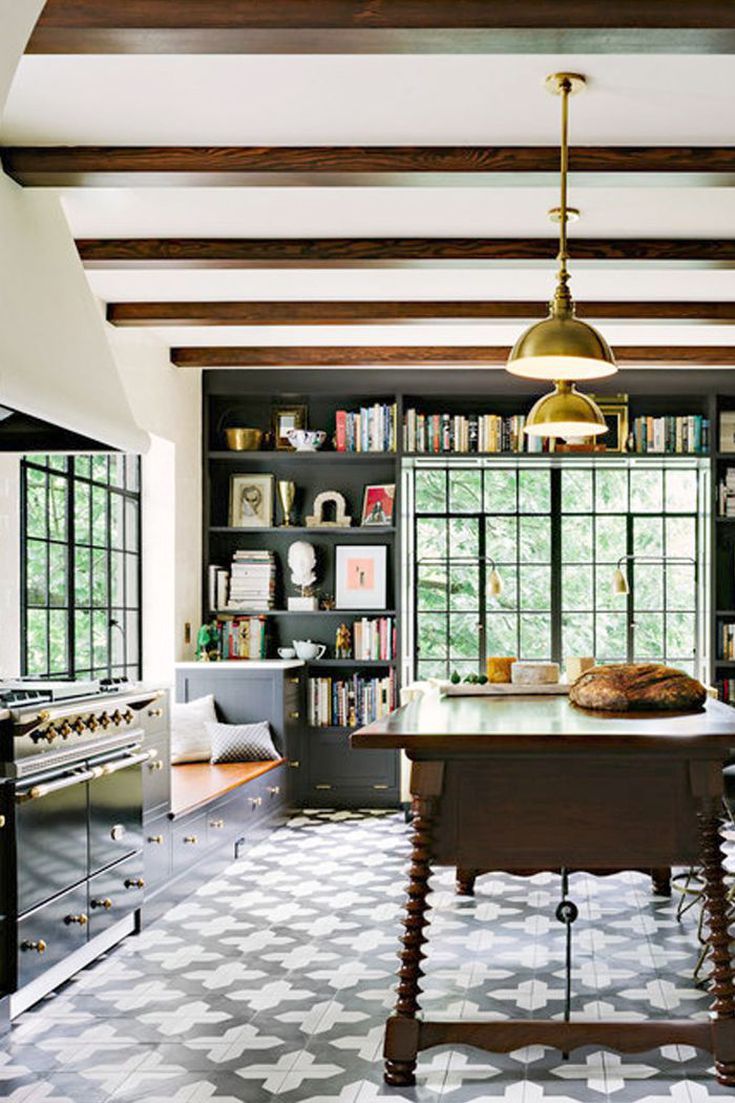 Looking to enhance connectivity with an open floor plan in your home? One way to achieve this is by creating a seamless flow between the kitchen and living areas. By removing walls and barriers, you can promote interaction and communication between family members and guests.
Looking to enhance connectivity with an open floor plan in your home? One way to achieve this is by creating a seamless flow between the kitchen and living areas. By removing walls and barriers, you can promote interaction and communication between family members and guests.
Consider incorporating a large kitchen island that doubles as a dining table to encourage gathering and socializing. Utilize creative lighting fixtures to delineate separate spaces within the open floor plan. Additionally, installing sliding doors or glass partitions can provide privacy when needed while still maintaining an open feel.
Optimizing Vertical Space with Shelving
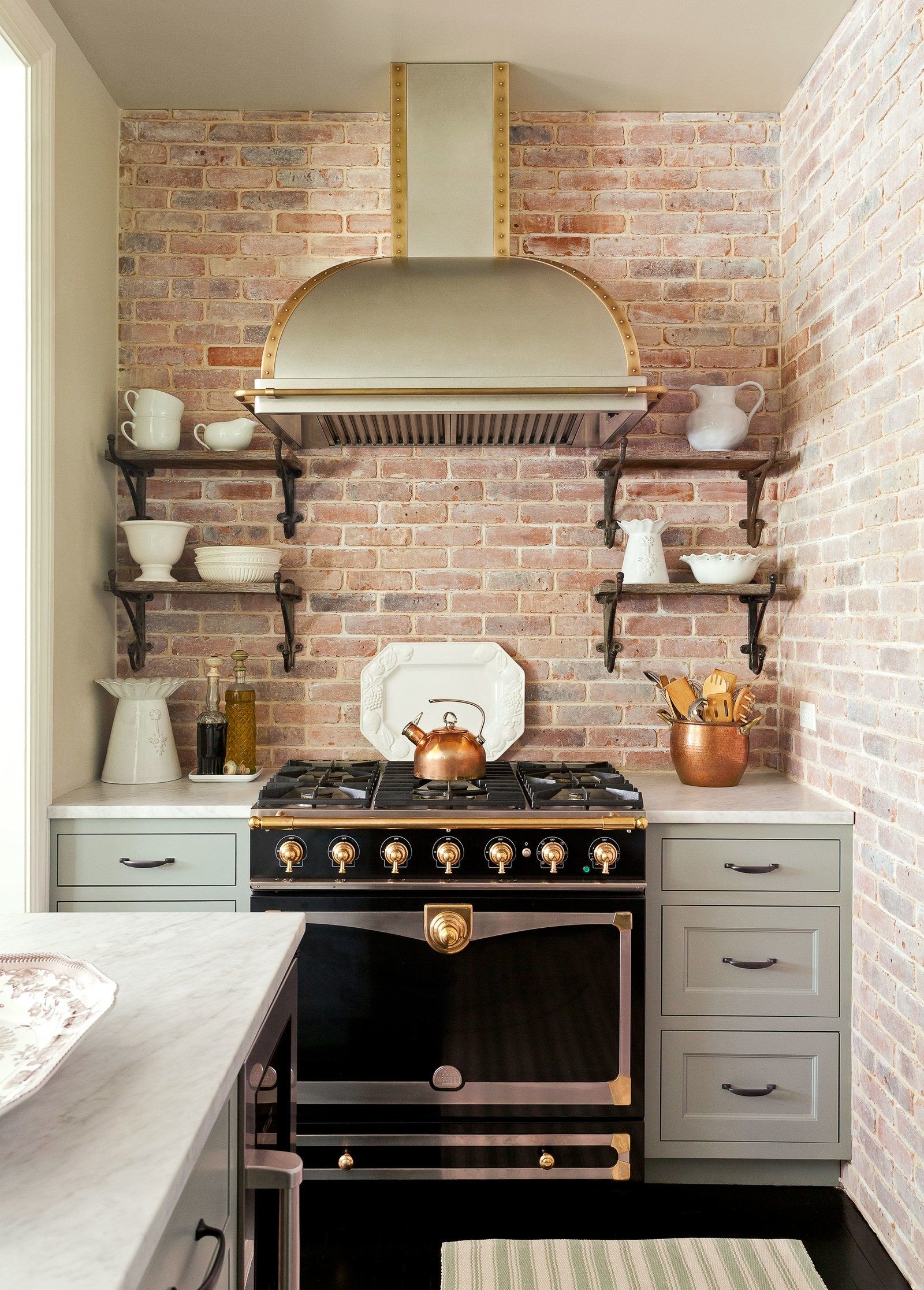 In a world where kitchen space is often at a premium, finding creative solutions to optimize vertical space is key. One of the most effective ways to achieve this is through the use of shelving. By installing shelves on unused wall space, you can free up valuable countertop and cabinet space while also adding a stylish design element to your kitchen.
In a world where kitchen space is often at a premium, finding creative solutions to optimize vertical space is key. One of the most effective ways to achieve this is through the use of shelving. By installing shelves on unused wall space, you can free up valuable countertop and cabinet space while also adding a stylish design element to your kitchen.
When it comes to shelving, the options are endless. From floating shelves to built-in units, there are countless ways to incorporate shelving into your kitchen design. Consider utilizing open shelving to display your favorite cookbooks, spices, and kitchen gadgets, or opt for closed shelving to keep clutter out of sight. Whichever route you choose, remember that the key to is to think outside the box and get creative with your storage solutions.
Prioritizing Sustainability in Design Choices
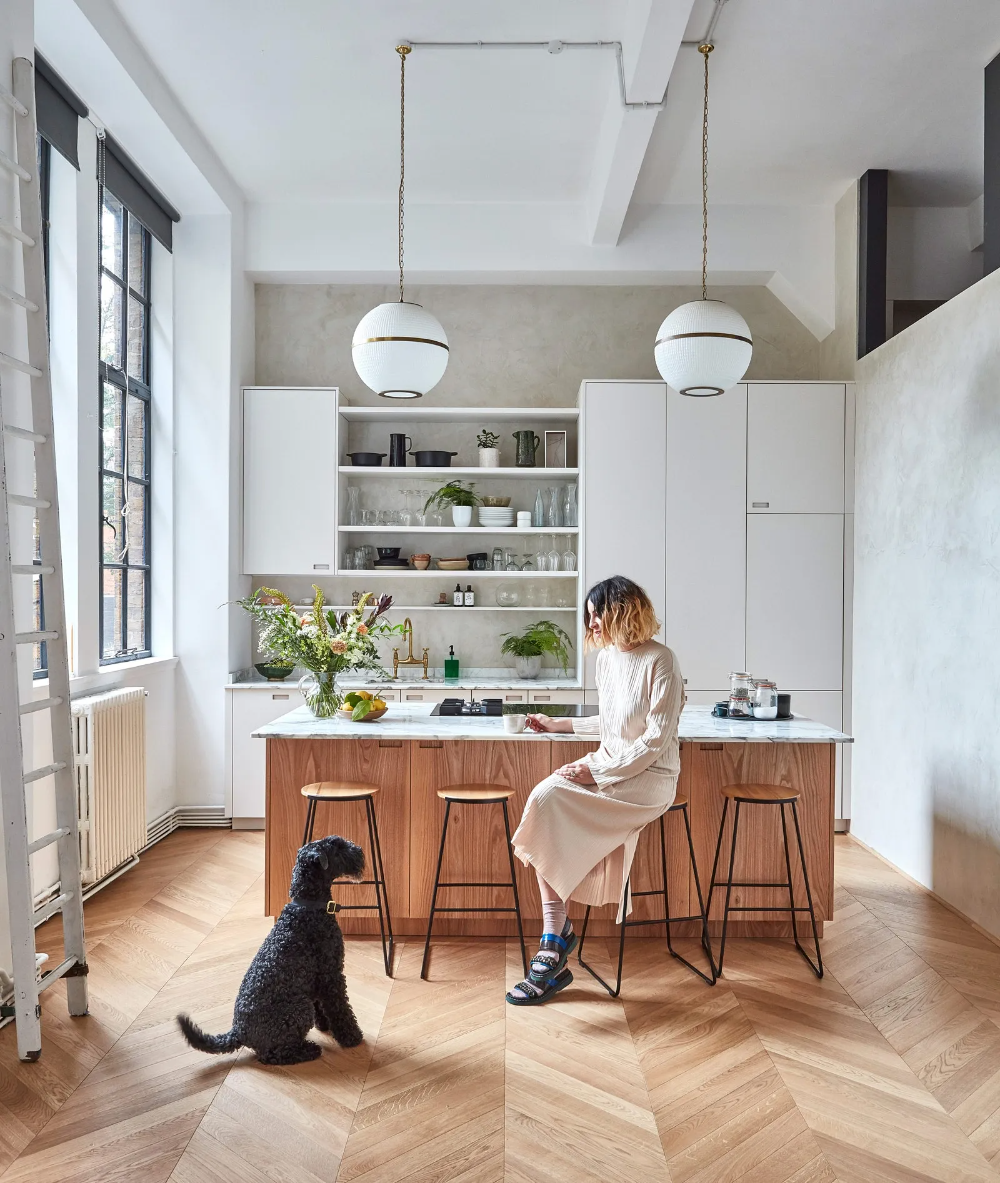 In today’s world, it is essential to prioritize sustainability in design choices, especially when it comes to crafting culinary spaces. By incorporating eco-friendly materials and energy-efficient appliances into kitchen design, we can create a more environmentally conscious space that not only looks beautiful but also functions efficiently.
In today’s world, it is essential to prioritize sustainability in design choices, especially when it comes to crafting culinary spaces. By incorporating eco-friendly materials and energy-efficient appliances into kitchen design, we can create a more environmentally conscious space that not only looks beautiful but also functions efficiently.
When designing a sustainable kitchen, consider using reclaimed wood for cabinets and countertops, installing energy-saving LED lighting, and opting for water-saving fixtures. Additionally, incorporating indoor plants can improve air quality and create a more inviting atmosphere. By making conscious choices in kitchen design, we can inspire others to follow suit and contribute to a more sustainable future for our planet.
Balancing Form and Functionality
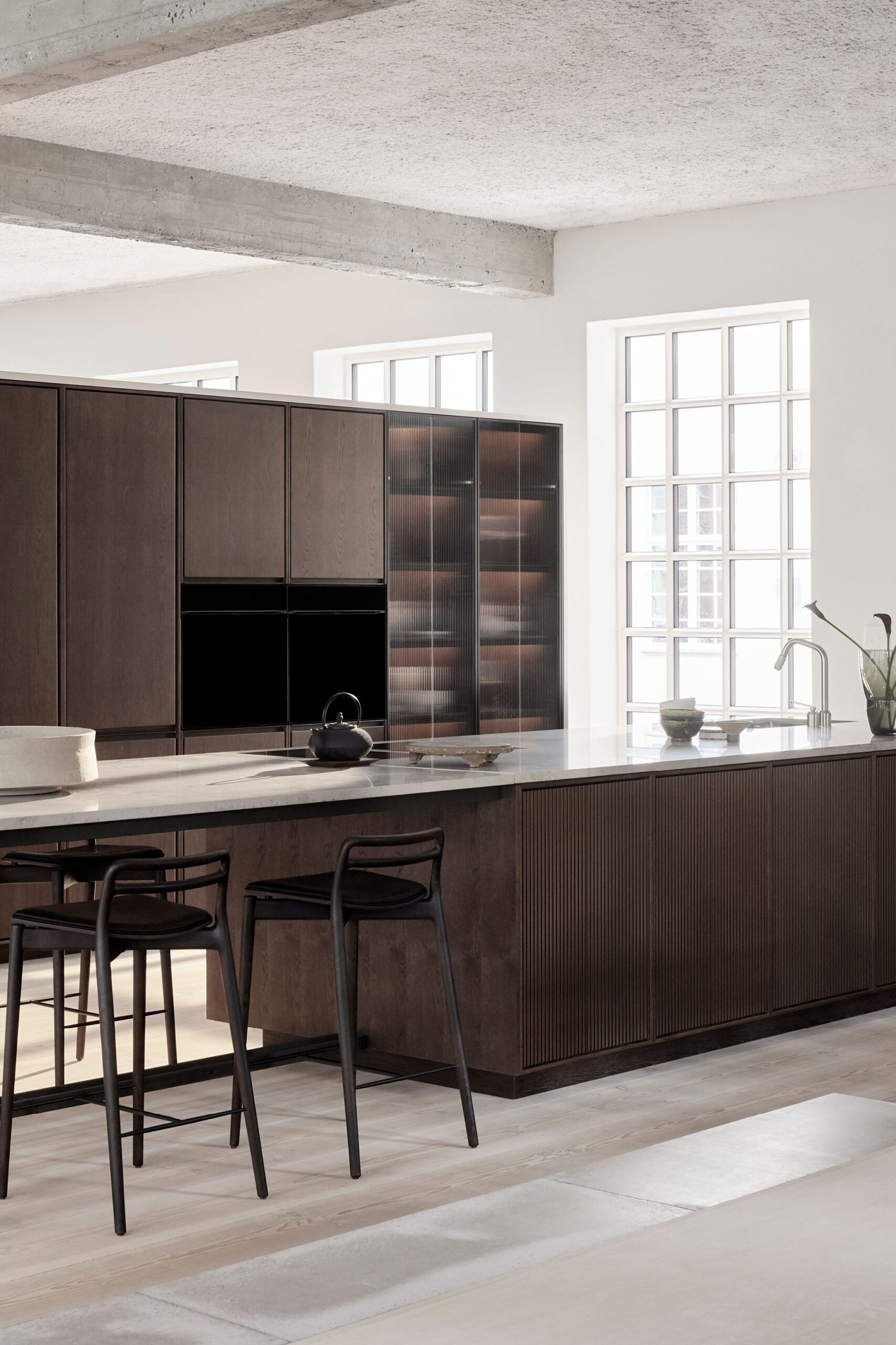 When it comes to kitchen design, finding the perfect balance between form and functionality is key. Your culinary space should not only look visually appealing but also be practical and efficient. Here are some inspiring ideas to help you craft a kitchen that seamlessly blends style and usability:
When it comes to kitchen design, finding the perfect balance between form and functionality is key. Your culinary space should not only look visually appealing but also be practical and efficient. Here are some inspiring ideas to help you craft a kitchen that seamlessly blends style and usability:
One way to achieve a harmonious balance in your kitchen is to incorporate multi-functional furniture pieces that serve both decorative and practical purposes. For example, a kitchen island with built-in storage compartments or a dining table that can double as a prep area can add functionality without sacrificing style. Additionally, modern appliances with sleek designs can enhance the aesthetic appeal of your kitchen while also providing cutting-edge technology to make cooking easier and more enjoyable.
Incorporating Biophilic Design Elements
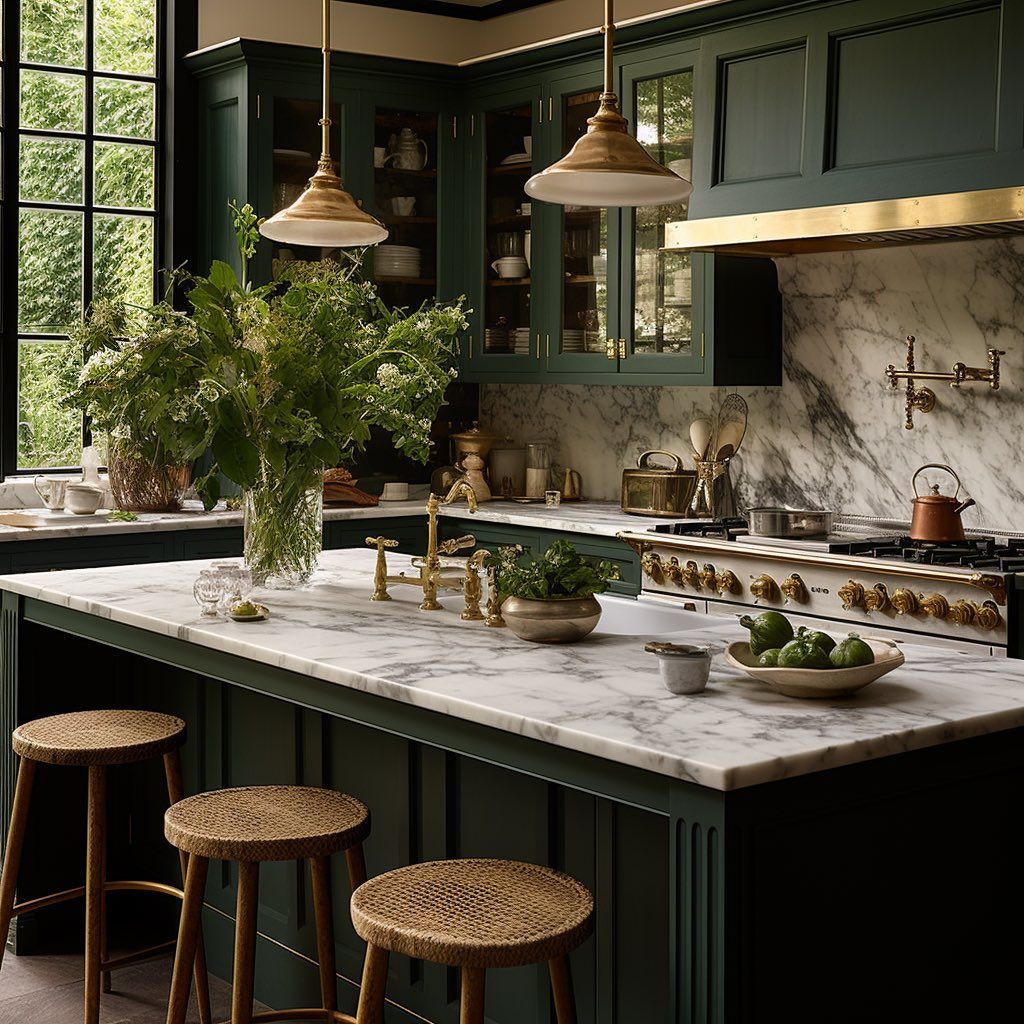 Biophilic design elements can bring a sense of nature and tranquility into your kitchen space, transforming it into a rejuvenating environment. One way to incorporate these elements is by introducing natural materials such as wood, stone, and bamboo. Using sustainable materials not only adds an earthy touch to your kitchen but also promotes a healthier lifestyle. Additionally, integrating plants and greenery into your kitchen design can create a sense of harmony and connection to the outdoors. Plants like herbs or succulents can not only improve air quality but also serve as a beautiful aesthetic feature in your culinary space.
Biophilic design elements can bring a sense of nature and tranquility into your kitchen space, transforming it into a rejuvenating environment. One way to incorporate these elements is by introducing natural materials such as wood, stone, and bamboo. Using sustainable materials not only adds an earthy touch to your kitchen but also promotes a healthier lifestyle. Additionally, integrating plants and greenery into your kitchen design can create a sense of harmony and connection to the outdoors. Plants like herbs or succulents can not only improve air quality but also serve as a beautiful aesthetic feature in your culinary space.
Another way to embrace biophilic design in your kitchen is by maximizing natural light and ventilation. Large windows or skylights can flood your kitchen with sunlight, creating a bright and airy atmosphere. This can help reduce the reliance on artificial lighting during the day, saving energy and boosting your mood. Incorporating elements like water features, such as a small indoor fountain or a kitchen garden, can also enhance the biophilic design of your space, adding a soothing and natural element to your culinary experience. Let nature inspire your kitchen design, and create a space that nourishes both your body and soul.
Creating a Cozy and Inviting Atmosphere
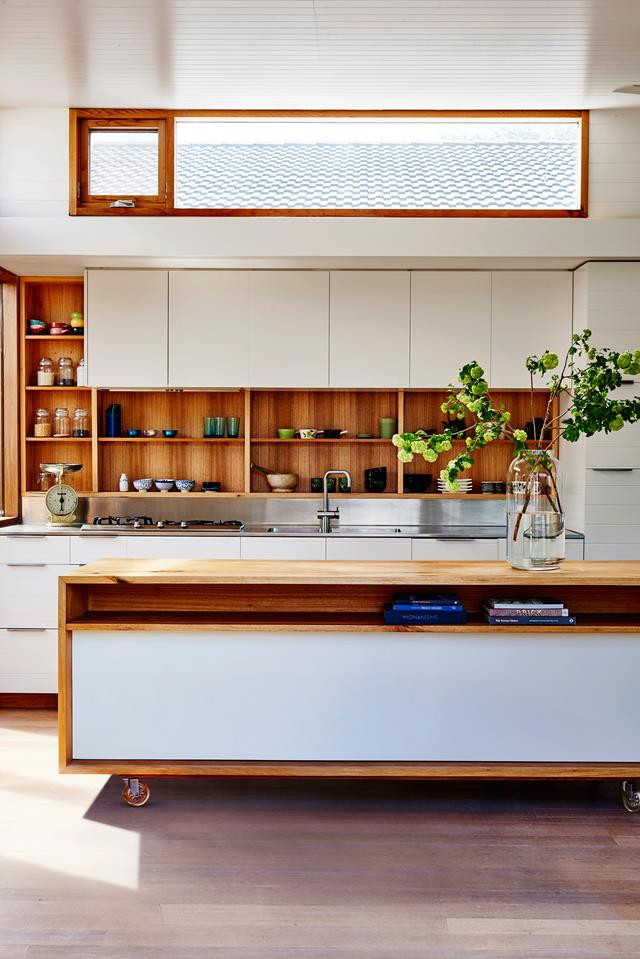 Incorporating warm tones, soft lighting, and cozy textures can transform your kitchen into a welcoming haven for both cooking and gathering. Consider adding a plush rug or curtains in earthy tones to soften the space and create a sense of comfort. Mixing in natural elements like wood accents or potted plants can bring a touch of the outdoors inside, adding to the inviting atmosphere of your culinary space.
Incorporating warm tones, soft lighting, and cozy textures can transform your kitchen into a welcoming haven for both cooking and gathering. Consider adding a plush rug or curtains in earthy tones to soften the space and create a sense of comfort. Mixing in natural elements like wood accents or potted plants can bring a touch of the outdoors inside, adding to the inviting atmosphere of your culinary space.
Create a cozy ambiance by strategically placing candles or string lights around your kitchen to add a warm glow. Utilize open shelving to display your favorite cookware or decor pieces, adding a personal touch to the space. Don’t forget to incorporate seating options like a breakfast nook or bar stools, where friends and family can relax and enjoy each other’s company while you whip up delicious meals in your inviting kitchen. Let your creativity flow as you design a space that not only looks beautiful but also feels like home.
Embracing Seasonal Trends in Kitchen Design
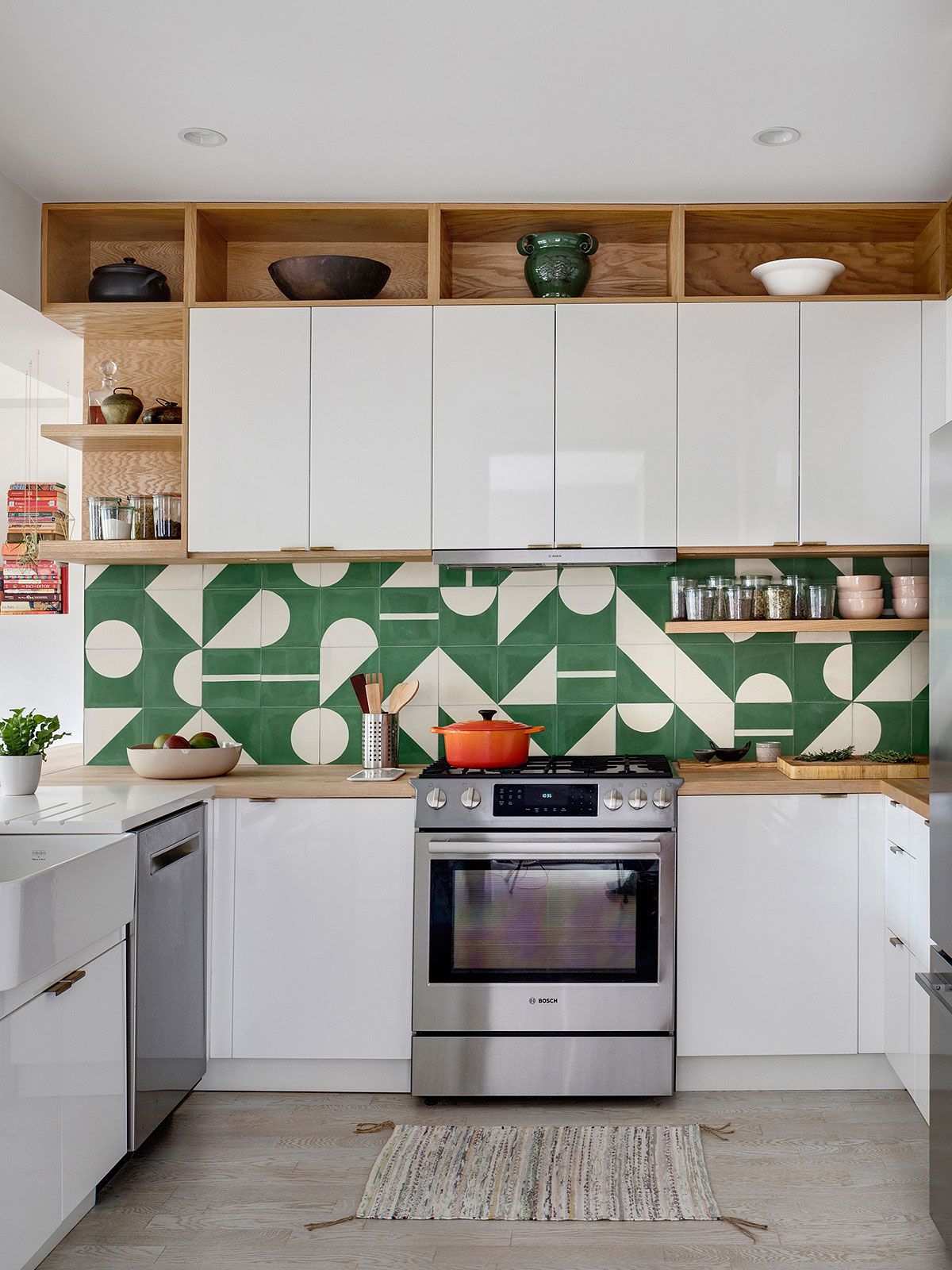 When it comes to kitchen design, embracing seasonal trends can breathe new life into your culinary space. Whether you’re looking to refresh your kitchen for the spring or cozy it up for the fall, there are endless possibilities to inspire your design choices. One trend that has been gaining popularity is integrating natural elements into the kitchen, such as incorporating stone countertops, wood accents, and greenery to bring the outdoors in.
When it comes to kitchen design, embracing seasonal trends can breathe new life into your culinary space. Whether you’re looking to refresh your kitchen for the spring or cozy it up for the fall, there are endless possibilities to inspire your design choices. One trend that has been gaining popularity is integrating natural elements into the kitchen, such as incorporating stone countertops, wood accents, and greenery to bring the outdoors in.
Another way to update your kitchen design is by playing with bold colors and patterns. Consider adding a pop of color with statement cabinets or a vibrant backsplash to instantly elevate the space. Embracing seasonal trends doesn’t have to be daunting – it’s about infusing your personality and style into the heart of your home. So, whether you’re a minimalist at heart or a maximalist at soul, let your kitchen design reflect your culinary passion and creativity.
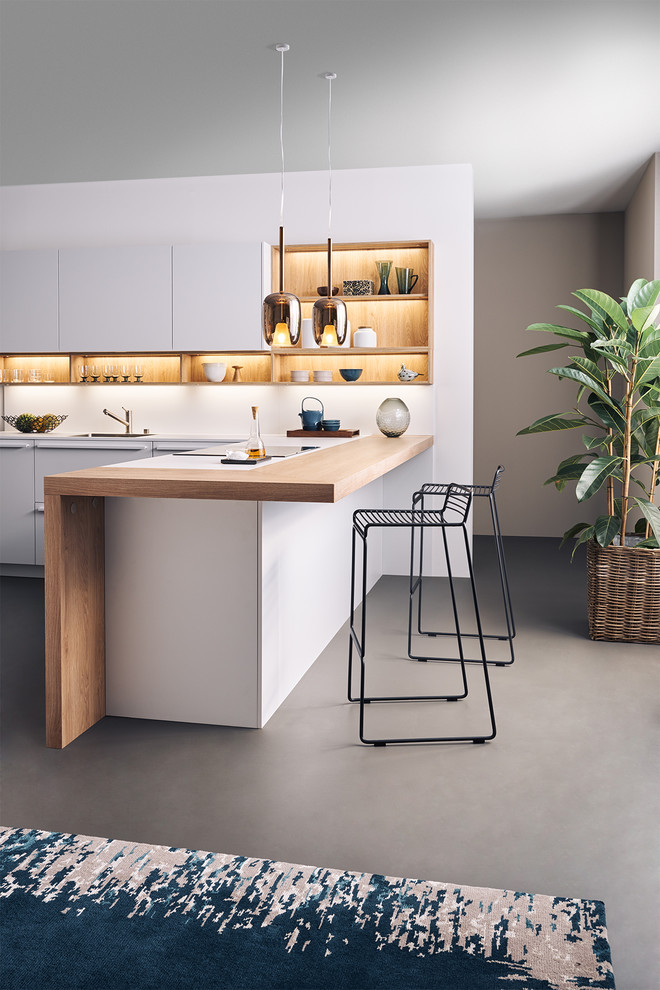 Q&A
Q&A
Q: What are some key elements to consider when designing a new kitchen space?
A: When designing a new kitchen, it’s important to consider the layout, functionality, and flow of the space. Additionally, incorporating ample storage, lighting, and workspace are crucial for a successful kitchen design.
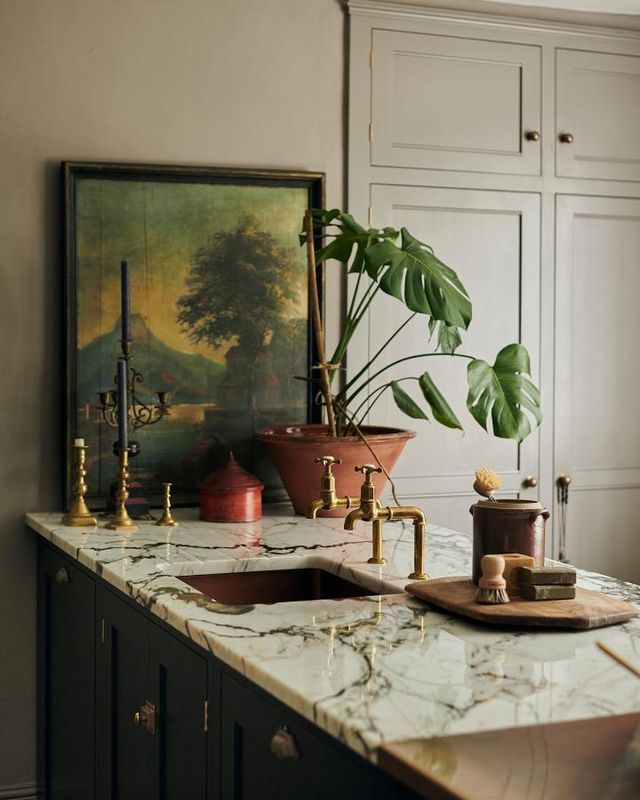 Q: How can one infuse creativity into their kitchen design?
Q: How can one infuse creativity into their kitchen design?
A: Infusing creativity into a kitchen design can be done by incorporating unique materials, colors, and textures. Adding personal touches such as artwork, plants, or interesting lighting fixtures can also help create a visually appealing and inspiring space.
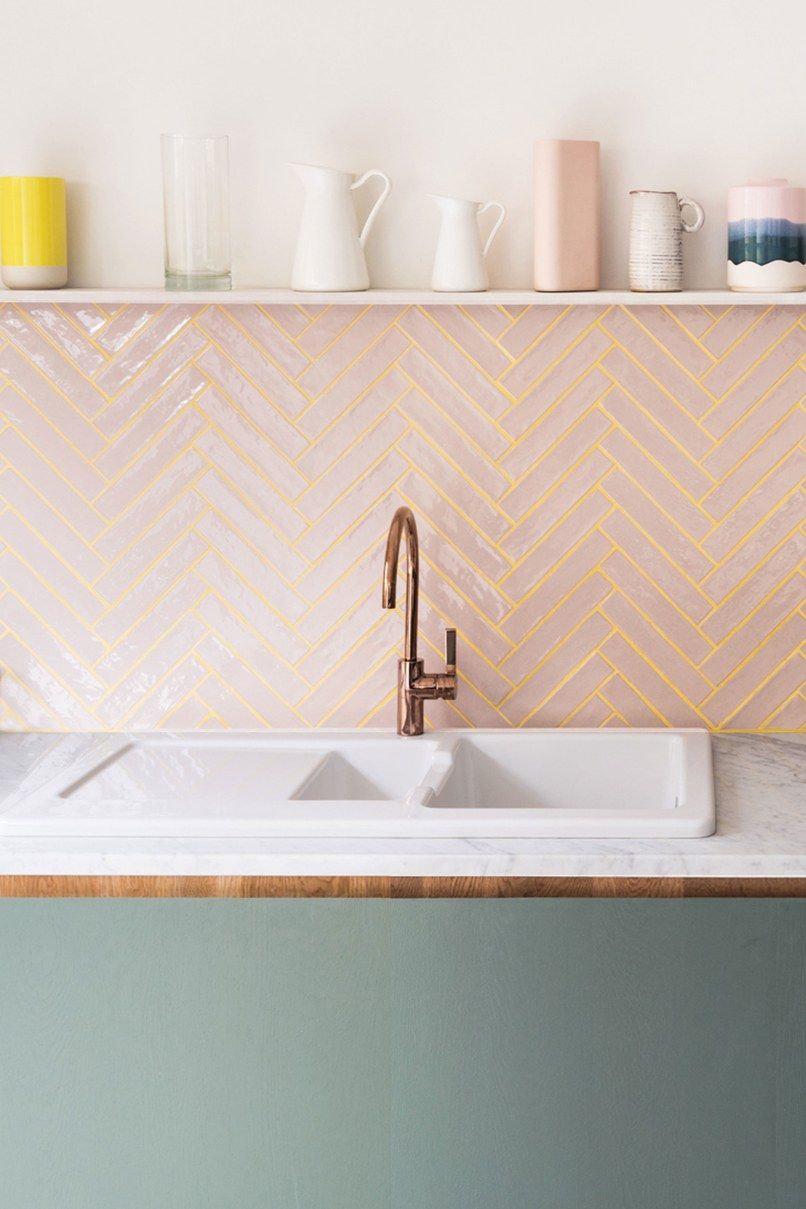 Q: What are some trending kitchen design ideas to consider?
Q: What are some trending kitchen design ideas to consider?
A: Some trending kitchen design ideas to consider include incorporating natural elements such as wood and stone, mixing metal finishes for a modern look, and incorporating bold colors or patterns into the design. Additionally, open shelving, statement lighting, and integrated appliances are popular choices in kitchen design.
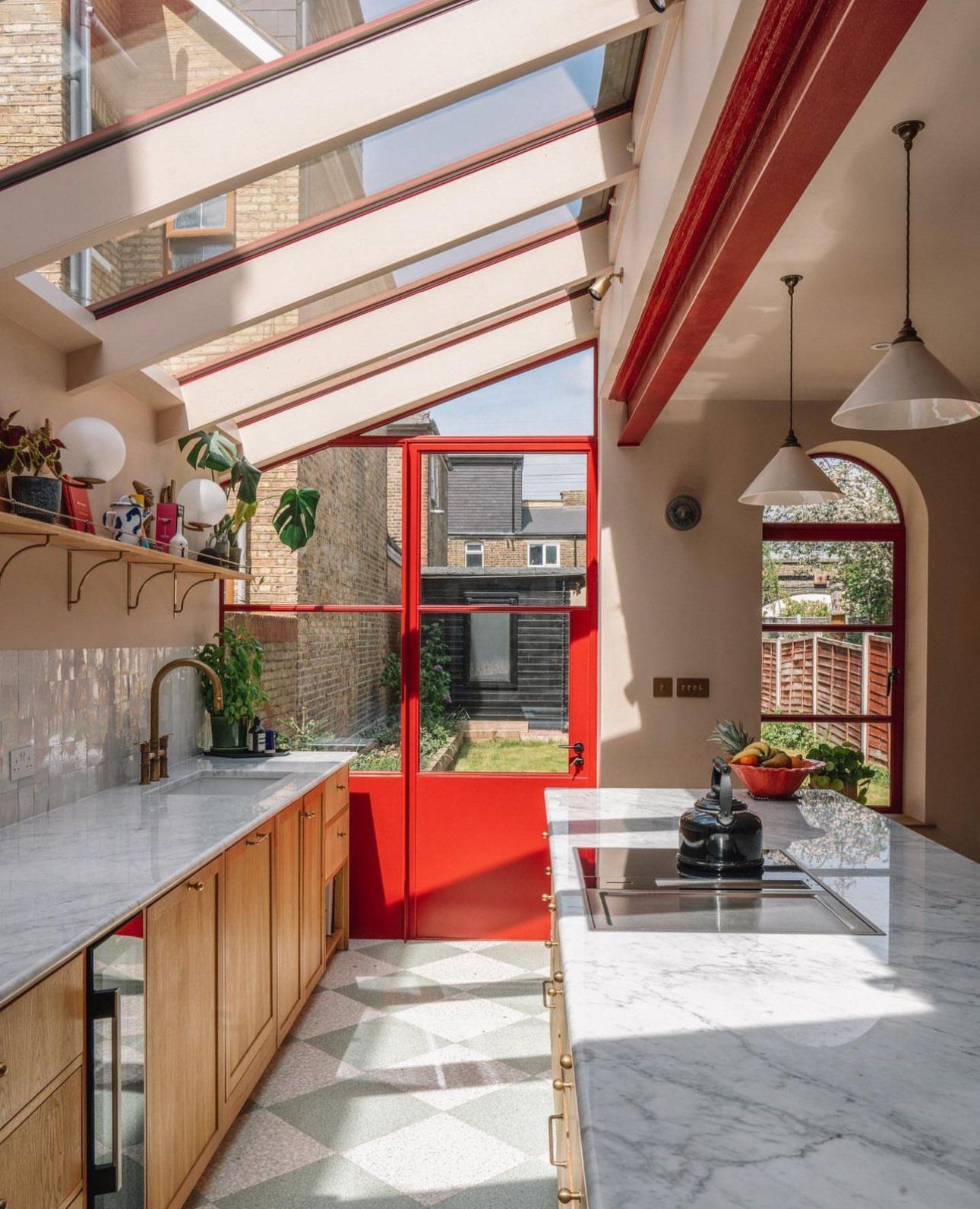 Q: How can one make the most of a small kitchen space?
Q: How can one make the most of a small kitchen space?
A: To make the most of a small kitchen space, consider maximizing storage through clever organization solutions such as pull-out drawers, vertical shelving, and utilizing the space above cabinets. Opting for light colors, reflective surfaces, and strategic lighting can also help create the illusion of a larger space. Additionally, investing in multifunctional furniture and appliances can help maximize functionality in a small kitchen.
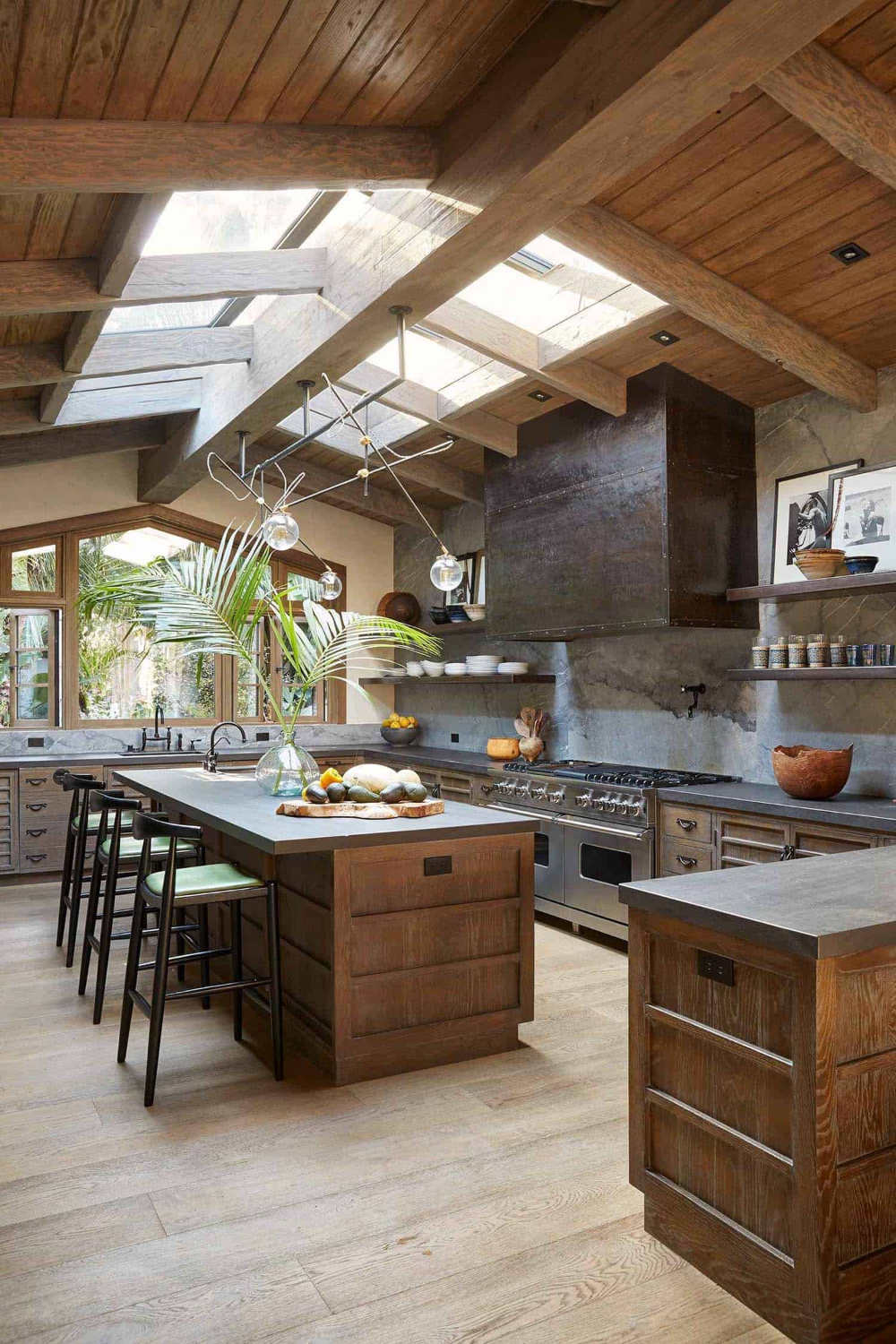 Q: What are some tips for creating a cohesive and harmonious kitchen design?
Q: What are some tips for creating a cohesive and harmonious kitchen design?
A: To create a cohesive and harmonious kitchen design, consider choosing a consistent color palette, materials, and finishes throughout the space. Incorporating elements that complement each other, such as mixing textures or pairing contrasting colors, can also help tie the design together. Lastly, incorporating a focal point or design feature can help create visual interest and balance in the space.
 darbylanefurniture.com Interior design ideas with the latest interior inspiration
darbylanefurniture.com Interior design ideas with the latest interior inspiration
